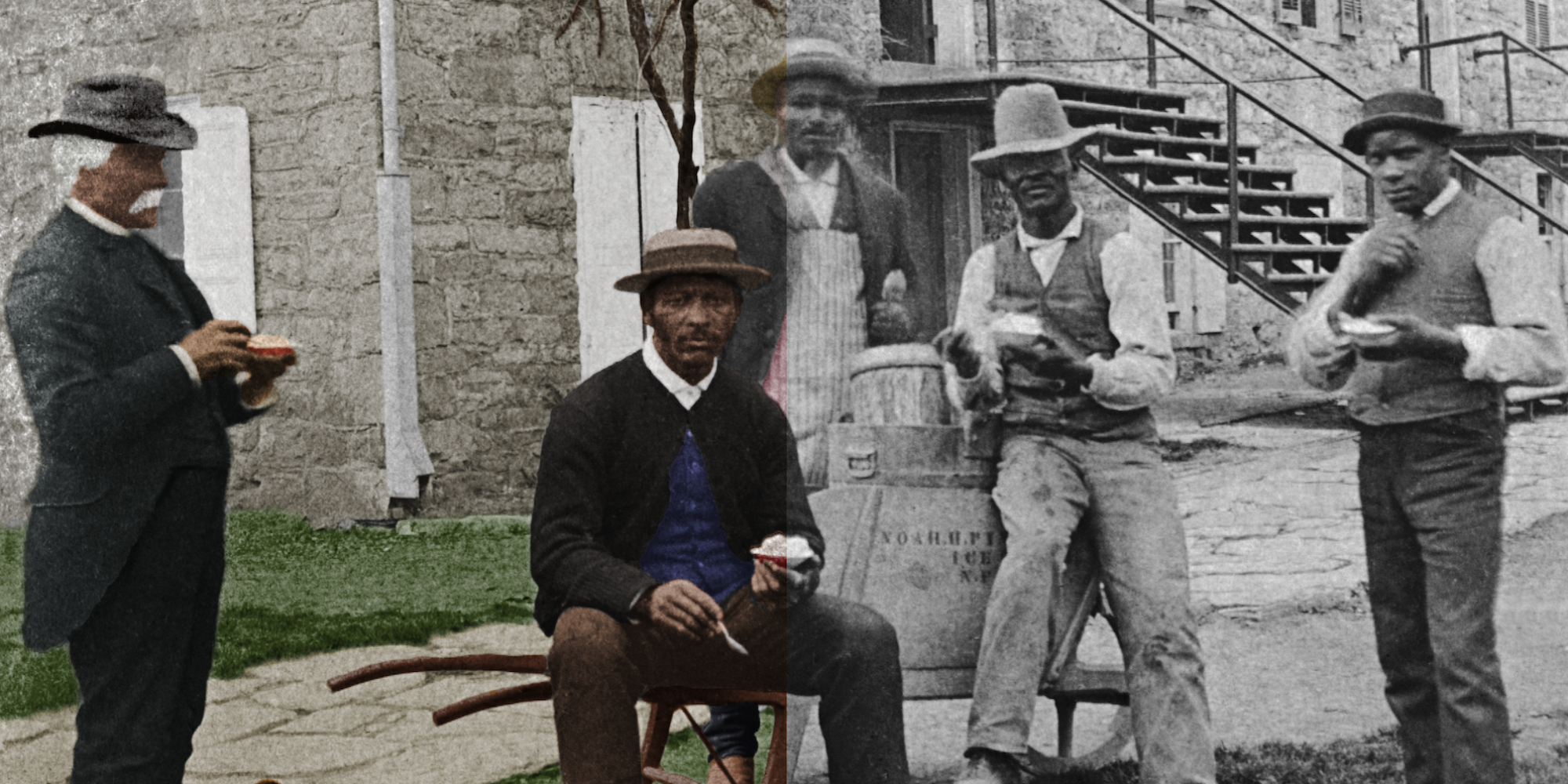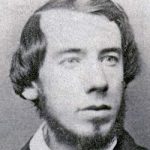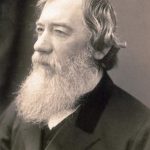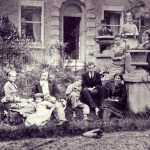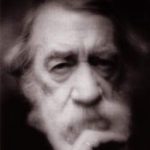PUBLIC MEMORY AT DICKINSON
 Conway Hall is named after Moncure Conway (Class of 1849). Various depictions of Conway on the college and archival websites and elsewhere in college publications make clear that he was a well-known Southern-born abolitionist during the Civil War era. He is not a particularly well-known figure among modern Dickinsonians, but Conway’s legacy has been at least a small part of the institutional memory for decades.
Conway Hall is named after Moncure Conway (Class of 1849). Various depictions of Conway on the college and archival websites and elsewhere in college publications make clear that he was a well-known Southern-born abolitionist during the Civil War era. He is not a particularly well-known figure among modern Dickinsonians, but Conway’s legacy has been at least a small part of the institutional memory for decades.
BRIEF PROFILE
Moncure Conway was a unique figure in the House Divided era—a southern-born abolitionist. Yet Conway did not begin life with those views. Born into prominent slaveholding family in Virginia, Conway came to Dickinson College in Pennsylvania as a firm believer in the peculiar institution. But as a student in the late 1840s, he witnessed a dramatic confrontation over fugitive slaves and then later experienced a full crisis of conscience following his graduation. What changed his mind was deep reading and thinking. The young man abandoned his career as a Methodist preacher, went to Harvard Divinity School, befriended Henry David Thoreau and other New England transcendentalists, and then joined the abolitionist movement. During the Civil War, however, he also became a pacifist, eventually resettling in London to escape the tragedy of the war. He lived in Europe for most of the rest of his life. Still, Conway remained connected to his homeland, authoring more than three-dozen books about American history and culture. He became one of the best-known public intellectuals and progressive reformers of the late nineteenth century. Moncure Conway died in 1907 at the age of 75.
Video produced by Sam Weisman (Class of 2018)
FURTHER READING
- Dickinson College encyclopedia: Moncure Daniel Conway, 1832-1907
- House Divided research engine: Conway, Moncure Daniel
- D’Entremont, John. Southern Emancipator: Moncure Conway, The American Years 1832-1865. New York: Oxford University Press, 1987.
- Earle, Jonathan. “The Making of the North’s ‘Stark Mad Abolitionists’: Anti-Slavery Conversion in the United States, 1824-54.” Slavery & Abolition 25, no. 3 (2004): 59-75. [JSTOR]
IMAGE GALLERY
All images courtesy of the House Divided Project at Dickinson College with original publication details available inside our research engine
PRIMARY SOURCES
- Journal of Moncure Conway, 1851-53 [WEB]
- Including entries on slavery (traveling with son of Edward Gorsuch and denouncing institution in private in 1852), awakening to Unitarianism (“read Emerson on horseback”) and other antebellum topics
- National Anti-Slavery Standard, “Speech of Rev. M.D. Conway,” August 9, 1862 [WEB]
- Full-throated call for emancipation as a war measure with denunciation of President Lincoln for being a “tortoise” on this question
- Conway, Moncure Daniel. Testimonies Concerning Slavery. London: Chapman and Hall, 1864. [WEB]
